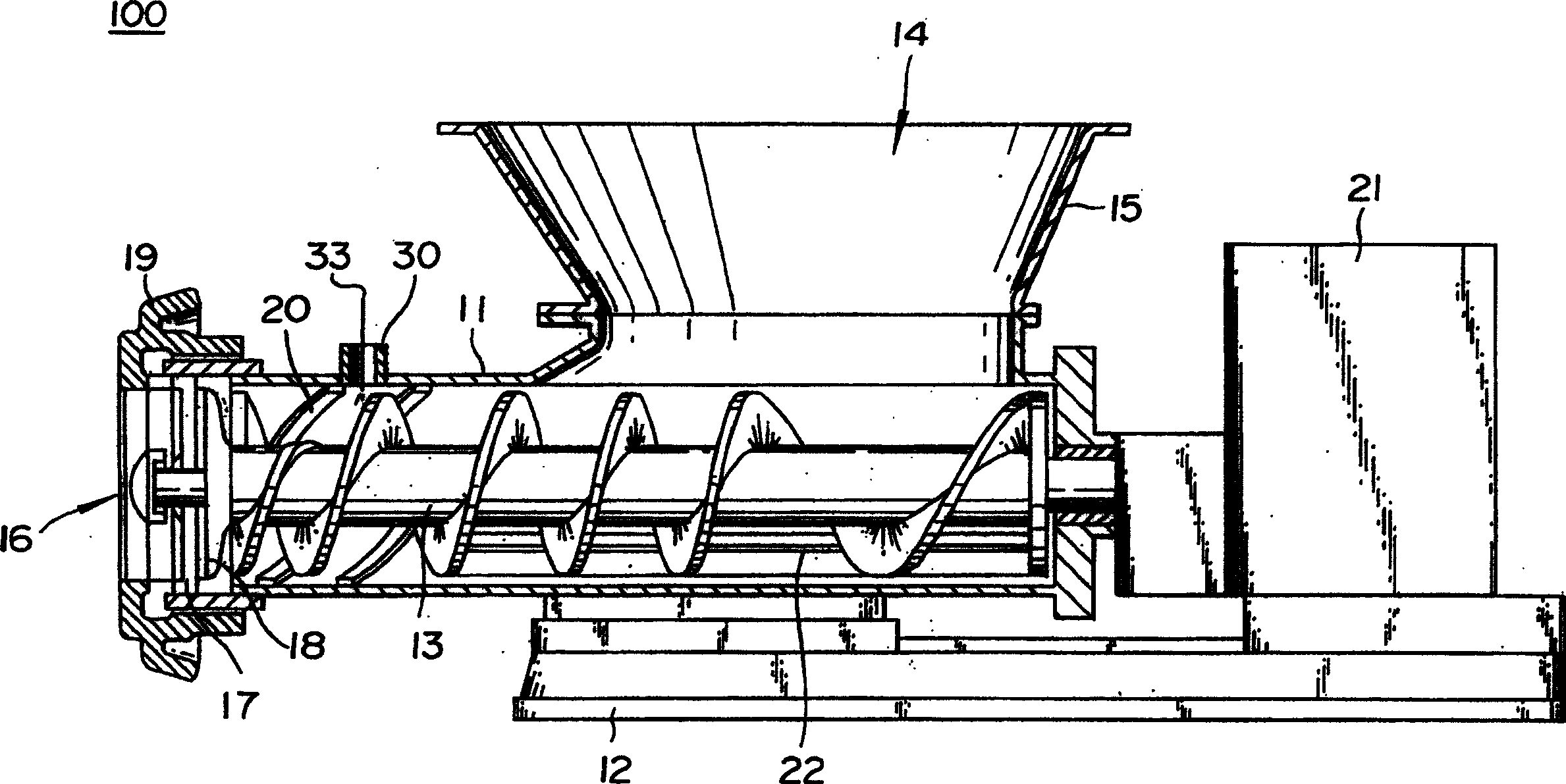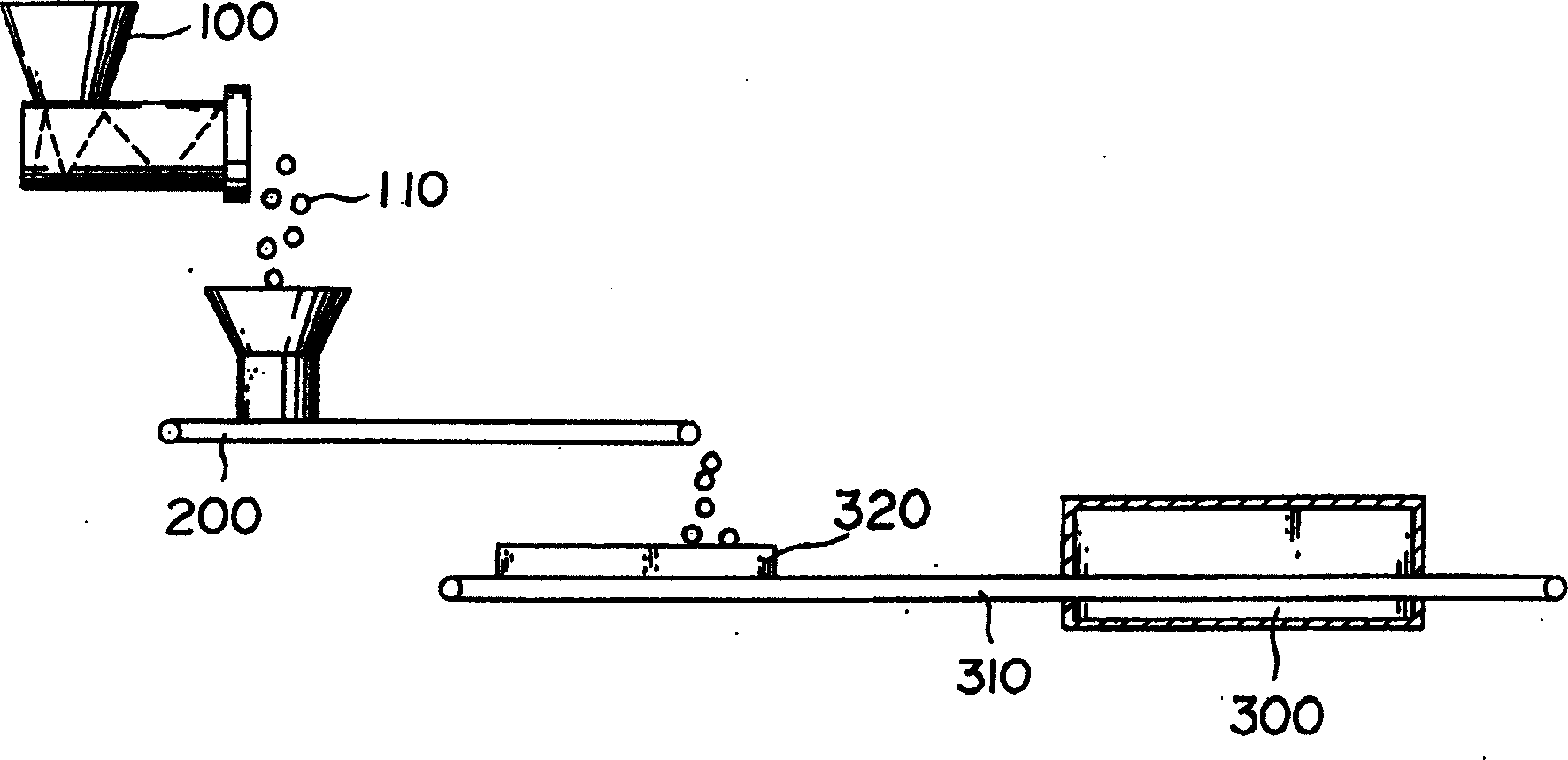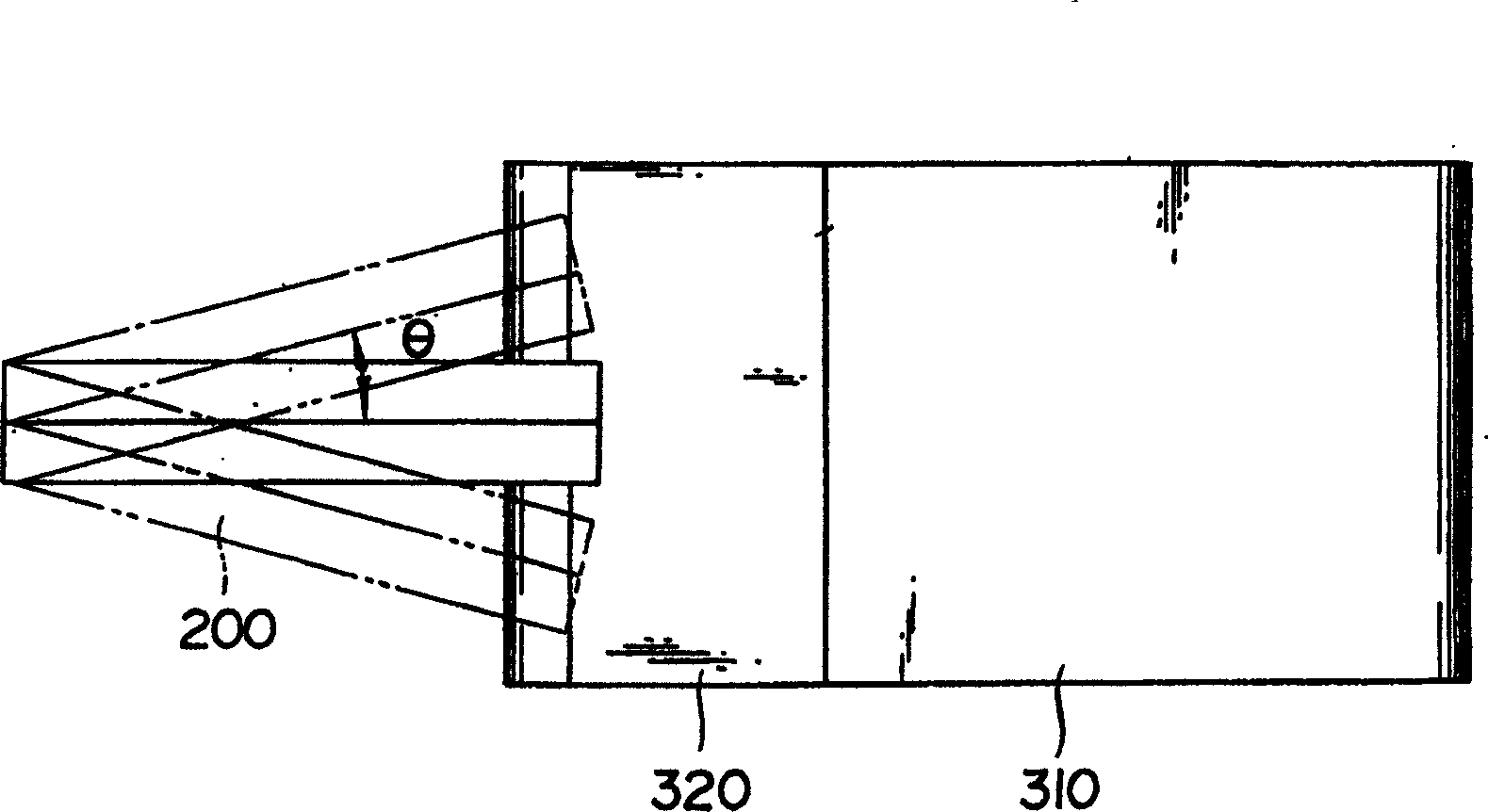Method for disintegrating hydrate polymer and method for production of water-absorbent resin
A technology for hydrating polymers and polymers, used in grain processing and other directions, can solve problems such as changing the properties of water-absorbent resins, and achieve the effects of inhibiting the formation of agglomerates, less physical and chemical damage, and reducing losses
- Summary
- Abstract
- Description
- Claims
- Application Information
AI Technical Summary
Problems solved by technology
Method used
Image
Examples
preparation example Construction
[0041] (1) Preparation of monomer solution
[0042] The hydrated polymer which is the intended breaking target of the present invention is a hydrated polymer having a carboxyl group obtained by, for example, polymerization of a hydrophilic unsaturated monomer having acrylic acid and / or its salt as a main component. As specific examples of hydrated polymers conforming to this description, mention may be made of previously known polymers which form hydrophilic crosslinked polymers which are swellable with water and which are insoluble in water.
[0043] The hydrophilic cross-linked polymer preferably has 30mol%-100mol%, suitably 50mol%-90mol%, especially 60mol%-80mol% of its acidic groups neutralized with such as alkali metal salts, ammonium salts or amine salts . The expression "a hydrated polymer bearing a carboxyl group" should therefore be considered to include "a hydrated polymer bearing a carboxyl group and / or a salt thereof". Neutralization of the acidic groups can be a...
example
[0069] The present invention will now be described more specifically with reference to the following examples and comparative examples. The present invention is not limited to these examples. In Examples, the term "part" means "part by weight" unless otherwise specified, and the measurement temperature is within the approximate range of 23±2°C.
[0070] (Measurement methods)
[0071] The water-absorbing capacity of the water-absorbent resin was determined by the following calculation.
[0072] (1) Determination of no-load water absorption capacity (GV)
[0073] About 0.2 g of a given water-absorbent resin was weighed, placed in a nonwoven bag (60 mm x 60 mm), and immersed in a 0.9% by weight sodium chloride solution (physiological saline). After standing for 30 minutes, take out the bag from the solution, and use a centrifugal separator at 250×9.81 m / s 2 (250G) shake water for 3 minutes, measure the weight W of the bag 1 (gram). Repeat the process without the absorbent r...
example 1
[0083] use Figure 4 The shown apparatus prepares a water-absorbent resin. By providing in the dispersing device 460 the flow rate regulated by the pump 413 as 48.5% (by weight) sodium hydroxide solution as the alkaline solution 410 for neutralization, the flow rate regulated by the pump 423 is 7.24 g / s acrylic acid As the hydrophilic monomer 420, the flow rate is 30% (weight) polyethylene glycol diacrylate (average molecular weight 487) solution of 0.0287 g / s. As the first internal crosslinking agent 445, the total flow rate is 3.32 g / s water 441 as the concentration adjustment water 441, and the flow rate is 0.0893 g / s to dissolve 0.989 parts by weight of 1-hydroxy-cyclohexyl-phenyl ketone and 1.08 parts by weight of 45% (by weight) pentasodium diethylenetriaminepentaacetic acid solution A solution obtained in 97.4 parts by weight of a 20% by weight acrylic acid solution was used as the second internal crosslinking agent 447 to prepare a monomer solution 470 . At this time...
PUM
| Property | Measurement | Unit |
|---|---|---|
| boiling point | aaaaa | aaaaa |
| particle diameter | aaaaa | aaaaa |
Abstract
Description
Claims
Application Information
 Login to View More
Login to View More - R&D
- Intellectual Property
- Life Sciences
- Materials
- Tech Scout
- Unparalleled Data Quality
- Higher Quality Content
- 60% Fewer Hallucinations
Browse by: Latest US Patents, China's latest patents, Technical Efficacy Thesaurus, Application Domain, Technology Topic, Popular Technical Reports.
© 2025 PatSnap. All rights reserved.Legal|Privacy policy|Modern Slavery Act Transparency Statement|Sitemap|About US| Contact US: help@patsnap.com



